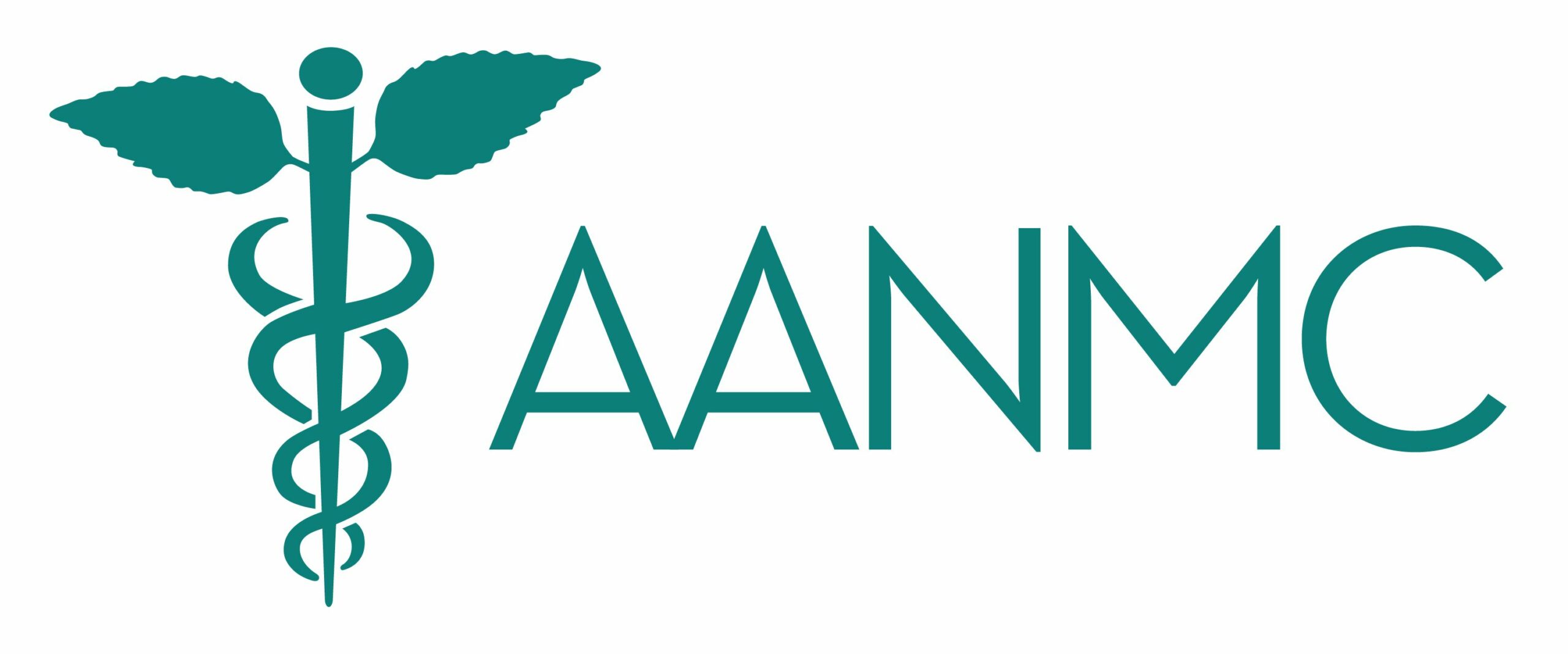Dry brushing has grown in popularity in recent years as an effective at-home tool for healthy glowing skin. This skincare technique is a traditional Ayurvedic skin exfoliation method which is thought to detoxify the body by moving body or tissue fluids (mainly lymph and blood) in a massage-like fashion. It uses a dry, stiff-bristled brush in circular, upward strokes to exfoliate the skin and stimulate blood flow and lymphatic drainage. Dry brushing is an easy, simple, and low-cost step to add to your skincare routine. In this article, we will review the basics and benefits of dry brushing and the best technique to apply.
What is Dry Brushing?
Dry brushing is a mechanical exfoliation technique using natural stiff-bristled brushes on dry skin. The skin is brushed in circular, upward strokes towards the heart/center of the chest. The chest/heart area contains high density of lymph vessels and ducts, which is why this is an area where lymph is brushed towards to promote drainage. Removing dead skin cells from the surface allows the skin to absorb more moisture. Mechanical exfoliation from dry brushing is more gentle on the skin than chemical exfoliants, which can strip the skin of its natural oils, leading to dryness.
Benefits of Dry Brushing for Skin Health
Exfoliation – removing superficial dead skin cells and debris leaves skin softer and smoother in texture without removing natural oils.
Aging skin – Mechanical exfoliation can increase elasticity by removing the dead skin cells which leads to smoother, younger-looking skin.
Dry skin – The removal of dead skin cells allows the skin to absorb more moisture, leading to more hydrated skin.
Acne-prone skin and ingrown hairs – Exfoliation helps to remove dirt, debris, and dead skin that can lead to ingrown hairs and acne lesions.
Dry Brushing for Lymphatic Drainage and Overall Health
- Enhance lymphatic drainage – dry brushing is a form of mechanical massage that can help move lymph from the smaller peripheral lymph nodes to the larger central ducts. This supports lymph drainage, but more studies are needed to confirm to what extent dry brushing accomplishes this.
- Immune stimulation – A study on the Japanese technique, Kanpumasatsu (the same type of skin exfoliation that is done using a dry towel), found there was an increase in immune system function due to the lymphatic draining effect of the dry towel massage.
- Improve circulation – Mechanical exfoliation of the skin also improves circulation, which brings more oxygen and nutrients to the skin to get that healthier glow.
- Relaxation – many people find the gentle exfoliation of dry brushing to be calming.
- Decrease inflammation – By encouraging lymphatic drainage and circulation, dry brushing may help decrease water retention and inflammation in the body.
How to Dry Brush
For the best results with dry brushing follow the following steps:
- Choose the Right Brush: Opt for a natural-bristle brush with a long handle for hard-to-reach areas, and avoid synthetic brushes.
- Brush on Dry Skin: Always dry brush before showering for optimal exfoliation.
- Use Gentle, Upward Strokes: Start at your feet and move upward toward the heart, using light pressure and circular strokes.
- Focus on Lymphatic Areas: Pay extra attention to areas with more lymph nodes, such as the armpits, neck, and around the groin.
- Shower Afterward: Rinse off dead skin cells and follow up with a natural hydrating oil or lotion.
- Clean Your Brush: Rinse your dry brush weekly with soap and warm water to prevent bacteria buildup and transfer to the skin.
Frequency: Two to five times per week is ideal for most people. Over-brushing can be irritating to the skin, so it is important to listen to your body and see what frequency works best for you.
Common Dry Brushing Mistakes to Avoid
- Brushing Too Hard: This can cause micro-tears in the skin. Light pressure is all you need to reap the benefits of dry skin brushing.
- Skipping Hydration: Moisturize after dry brushing to keep skin nourished and to allow more product to be absorbed. Moisturizing before dry brushing causes product to be lost on the brush with the removal of dead skin cells.
- Brushing Over Broken Skin, Eczema, Psoriasis, or Rashes: Avoid irritated areas or any open wounds to prevent infection. Dry brushing is not for those who have eczema or psoriasis – consult a medical professional for skin care options that are better for these conditions.
- Using a Synthetic Brush: Natural bristles are gentler, more effective and usually still low cost.
If you want to optimize your skincare routine or work from the inside out for more radiant skin consider seeing a Naturopathic Doctor to get individualized, holistic skin care advice and treatments just for you. Whether you are dealing with dryness, winter skin or something more complex, there are ways that a Naturopathic Doctor can support you.






